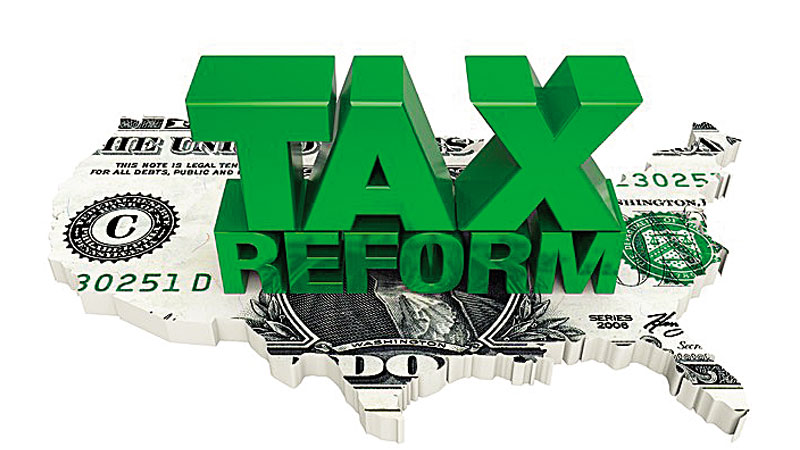By Saleha
Apple experienced a 3% drop in its stock value on Friday, leaving Wall Street disappointed. The tech giant released a forecast that hinted at ongoing subdued growth during the holiday season, a time when it typically sees a surge in sales.
Apple, renowned as the world’s most valuable company, faced a potential loss of over $80 billion in market capitalization based on its premarket stock price of $172. Despite this decline, Apple’s shares have achieved an impressive rally of nearly 40% throughout the year.
In a press release, Apple disclosed quarterly sales estimates that fell short of market expectations. The company attributed this underperformance to weak demand for iPads and wearables, particularly in the crucial Chinese market. This forecast has raised concerns about the overall demand for the upcoming holiday season, with several industry estimates, including those from the U.S. National Retail Federation and Deloitte, pointing to a sluggish rise in sales. Inflationary pressures are expected to contribute to this subdued outlook.
The brokerage firm Bernstein expressed its viewpoint, stating, “Apple’s revenue growth has stalled over the past few quarters – and appears likely to continue to stagnate over the next year.” This is particularly significant because the holiday quarter typically establishes the trajectory for Apple’s fiscal year, which extends until September.
Following the disappointing announcement, at least 11 analysts opted to revise their price targets for Apple’s stock. As a result, the median price target now stands at $196.5, as reported by LSEG data. Apple’s current trading multiple is approximately 26 times its 12-month forward earnings estimates, ranking it among the stocks in the “Magnificent Seven” with the lowest valuation multiples.
D.A. Davidson analyst Tom Forte shared his perspective, emphasizing, “We view management’s flat sales guidance as proof the company cannot rely on iPhone sales to drive shares higher, as it has in the past.” This commentary underlines the changing dynamics and expectations in Apple’s growth strategy and stock performance.
During the September quarter, Apple’s flagship product, the iPhone, witnessed a surge in sales, and the trend is expected to continue with an upward trajectory for the last quarter of 2023.
CEO Tim Cook reassured stakeholders that the iPhone 15 models were performing admirably in the Chinese market. This announcement was aimed at addressing concerns on Wall Street, where some believed that Apple might be losing ground to resurgent competitors like Huawei and other local smartphone vendors. Cook informed Reuters, “In mainland China, we set a quarterly record for the September quarter for iPhone.”
These remarks received a positive response from several industry analysts. Dan Ives, an analyst at Wedbush Securities, expressed his optimism, stating, “The Street will breathe a sigh of relief on this front.”
Furthermore, Ives displayed enthusiasm for the future prospects of Apple’s services division. The strong growth observed during the September quarter in this segment contributed significantly to the company’s ability to surpass quarterly revenue expectations. Apple continues to showcase its resilience and ability to navigate through the dynamic tech landscape.
This is a noteworthy development, especially given the scrutiny Apple has faced from investors and analysts regarding its long-term growth potential. By highlighting the robust performance of the iPhone and the services business, Apple is reaffirming its standing as a tech giant with substantial market influence.
The iPhone’s resilience as a revenue-generating powerhouse has been evident not only in the recent quarter but is also poised to extend into the final months of 2023. This indicates that consumer demand for Apple’s flagship product remains steadfast, despite the competitive dynamics in the smartphone market.
One of the specific areas of concern among investors and analysts was the competition posed by Huawei and other local smartphone sellers in China. Apple’s assurance of its strong performance in the Chinese market signifies that the company is effectively holding its ground and even achieving notable milestones. The creation of a quarterly record for iPhone sales in mainland China during the September quarter underscores the brand’s ability to resonate with consumers in one of the world’s largest markets.
The positive reaction from the analyst community, with Dan Ives being optimistic about the situation, reflects the sentiments of many investors. Apple’s position as a technology leader and its continued ability to drive sales and satisfy consumer demands are significant factors contributing to the reassurance on Wall Street.
While the iPhone is Apple’s primary revenue driver, the services division also plays a crucial role in the company’s overall performance. The strong growth witnessed in the September quarter underlines the success of this business segment. Apple has consistently focused on expanding its services portfolio, offering a variety of options such as Apple Music, Apple TV+, iCloud, and the App Store. The continued appeal of these services to consumers, combined with strategic initiatives like bundling services under Apple One, has helped bolster Apple’s financial performance.
Apple’s ability to exceed revenue expectations in the previous quarter showcases the effectiveness of its services business. The services division is a multifaceted revenue stream that complements the sales of hardware products. While iPhone and other device sales generate substantial revenue, services offer recurring income opportunities, often accompanied by higher profit margins.
Apple’s investment in the services sector has positioned the company as a comprehensive technology provider. This strategic diversification enables Apple to cater to a wide range of customer needs, from smartphones to entertainment content to cloud storage. It also enhances customer loyalty, as individuals who utilize Apple services become more deeply integrated into the Apple ecosystem.
The company’s ability to perform well in both the hardware and services segments is a testament to its adaptability and responsiveness to market shifts. Apple continues to innovate and evolve its offerings, ensuring they align with customer preferences and market trends.
In conclusion, Apple’s positive outlook is driven by the consistent success of its flagship product, the iPhone, and the robust performance of its services division. The company’s ability to thrive in the competitive smartphone market, especially in China, underlines its strength as a global brand. The positive reception on Wall Street and the endorsement by analysts reinforce Apple’s position as a tech industry leader. Furthermore, Apple’s strategic investments in services ensure a diversified revenue stream and long-term customer engagement, reflecting the company’s adaptability and commitment to meeting consumer demands in a rapidly evolving tech landscape.
Subscribe our website for latest updates:
https://republicpolicy.com/shop/
Read More














